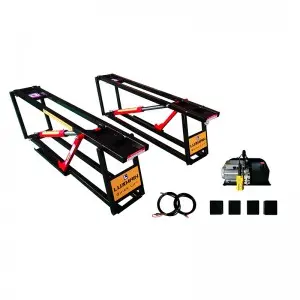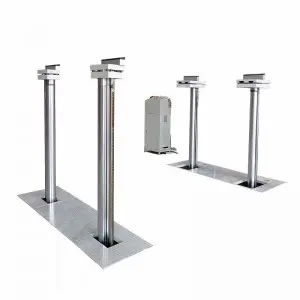
Introduction to the Versatile Cylinder: From Industrial Uses to Everyday Life
Cylinders are a versatile shape that can be found in various aspects of our lives, from industrial machinery to everyday household items. This article will explore the different uses of cylinders and how they play an essential role in both industrial and domestic settings.

Introduction to the Versatile Cylinder: From Industrial Uses to Everyday Life
One of the most common uses of cylinders is in the manufacturing industry, where they are used in machines such as engines, pumps, and air compressors. Cylinders are often used as containers for liquids or gases and are essential for transferring these substances from one place to another. The cylindrical shape of these containers allows for efficient storage and transportation of these materials, making them ideal for industrial applications.
Cylinders are also commonly found in hydraulic systems, where they play a crucial role in converting the energy of compressed fluids into mechanical motion. Hydraulic cylinders are used in various machinery, such as excavators, cranes, and forklifts, to provide the necessary force for lifting heavy objects or moving machinery. The simple design of cylinders makes them a cost-effective and reliable component in hydraulic systems, making them an essential part of many industrial processes.
In addition to their industrial uses, cylinders are also prevalent in everyday life. One of the most common household items that use cylinders is the gas cylinder used for cooking or heating. These cylinders contain compressed gas, such as propane or butane, which is released through a valve when needed. The cylindrical shape of these containers allows for easy storage and transportation, making them a convenient and practical solution for households.
Cylinders are also used in various medical devices, such as oxygen tanks and syringes. Oxygen tanks use cylinders to store and transport compressed oxygen for patients who require respiratory support. Similarly, syringes use cylinders to contain medication and facilitate the injection of fluids into the body. The cylindrical shape of these devices allows for precise control and safe delivery of medical substances, making them essential tools in the healthcare industry.
In the automotive industry, cylinders are a critical component of combustion engines, where they play a key role in converting fuel into mechanical energy. Piston cylinders within the engine move up and down to generate the necessary power to drive the vehicle. The number of cylinders in an engine can vary depending on the vehicle’s requirements, with four, six, and eight-cylinder engines being the most common. The cylindrical shape of these components allows for efficient combustion and energy transfer, making them essential for vehicle propulsion.

Introduction to the Versatile Cylinder: From Industrial Uses to Everyday Life
Overall, cylinders are a versatile shape that plays a crucial role in various aspects of our lives, from industrial machinery to everyday household items. Their simple and efficient design makes them an essential component in many applications, providing storage, transportation, and mechanical motion capabilities. Whether in a hydraulic system, a gas cylinder for cooking, or a piston cylinder in an engine, cylinders are an integral part of modern society and will continue to be a key shape in many industries for years to come.ac series



